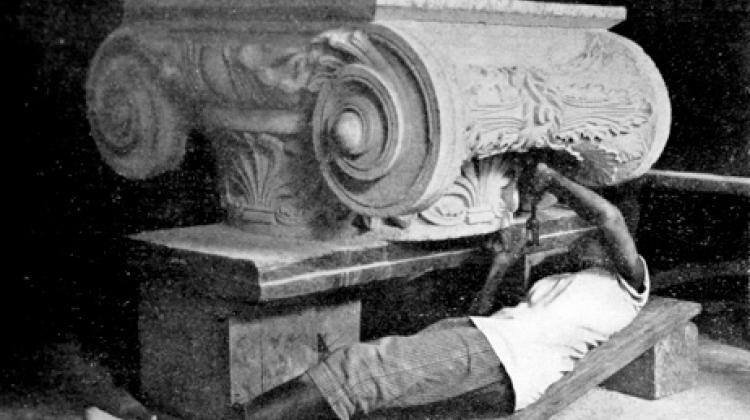A Decolonial Architecture? America’s Gift of “Freedom” to the Philippines

In August of 1916 the United States Federal Government declared its first formal commitment to grant independence to the Philippines, its first and only (formal) colony. A transitional withdrawal of undefined duration would be monumentalized by a series of provincial capitol buildings intended to represent freedom and independence as a gift from the U.S. to its not yet former colonial subjects. Anticipating the end of World War I, Woodrow Wilson was eager to provide an example of how the United States in the assumption of its role as world leader would shape and support an enthnologically defined “self-determination” as the legal and spiritual basis of national sovereignty. Ralph Harrington Doane, a recent graduate of MIT and the last American Consulting Architect to serve in the Philippines was charged with designing a symbol not of the nation, nor of a former imperial power, but of a tutorial sponsorship of a nation in the making. The aporias of a supposedly post-imperial Internationalism will be examined through the struggle to find a positive image for this transitional state.
Diana Martinez
Assistant Professor and Director, Program in Architectural Studies at Tufts University
Diana Martinez is Assistant Professor and Director of Architectural Studies in the Department of History of Art and Architecture at Tufts University, where she holds a secondary appointment in the Department for the Study of Race, Colonialism, and Diaspora. She is completing a book manuscript, “Concrete Colonialism: Architecture, Infrastructure, Urbanism and the American Colonial Project in the Philippines.” Her work is published in The Avery Review, CSSAAME, and in a forthcoming edited volume, Architecture in Development.


